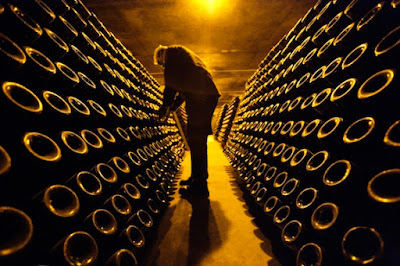No, not the New Zealand
movie but the one in our house.
I have known it all my life. It belonged to my mother.
She used to play by ear, never having had a lesson in her life.
I don't think many days went by without her playing anything from pop to classical.
The piano came with us when we moved from Melbourne to Brisbane.
It was there I remember a blind man coming at least once a year to tune it.
When Mum died, my father tried to self learn. He wrote numbers on the keys in pencil which were still there when it eventually came down to our Sydney home as part of the daughter's inheritance.
Then it came down to the South Coast.
It has always been a bit of 'a pain'. Being iron framed it is extremely heavy and was always expensive to move (removalists surcharged by the step!). It has cracked every wall it has stood against.
So here it has been for nearly 30 years, an untuned and a somewhat unloved ornament and picture shelf.
No one wants old pianos it seems. Looking through Sell and Buy ads it appears like they range from $100 to 'if you can move it, it's yours for nothing'.
The co driver had found some uses on the Internet for unwanted pianos eg. out door planters. This idea shocked the daughter somewhat. That, and it as a source of a bonfire.
Anyway, one day not so long ago, the co driver revealed she had taken lessons as a child and proceeded to bang out a few tunes. Looking for a diversion from quilting, sewing and knitting, she thought she would like to resume playing.
But it was obvious the piano needed a tune.
We asked around and got a recommendation for a tuner. A young man turned up and gave it the once over.
Yes, it was in good condition, repairable (sticky keys), tunable and had a nice tone.
An hour or so later music filled the house. He could really play.
He said piano tuning was a full time job and there were a few in the area. Who knew?
So the co driver now sits down for an hour or so a day honing her piano playing skills.
I did some research on the piano itself. It's branded
Karl Steinmeyer - Berlin.
There is no such piano maker listed, the nearest being a Karl Steinm
ayer
It seems many piano manufacturers were trying to cash in on the obvious quality of German made pianos around the turn of the 20th century. Ours could be of Australian manufacture from the now defunct Berlin Piano Company in Sydney.















